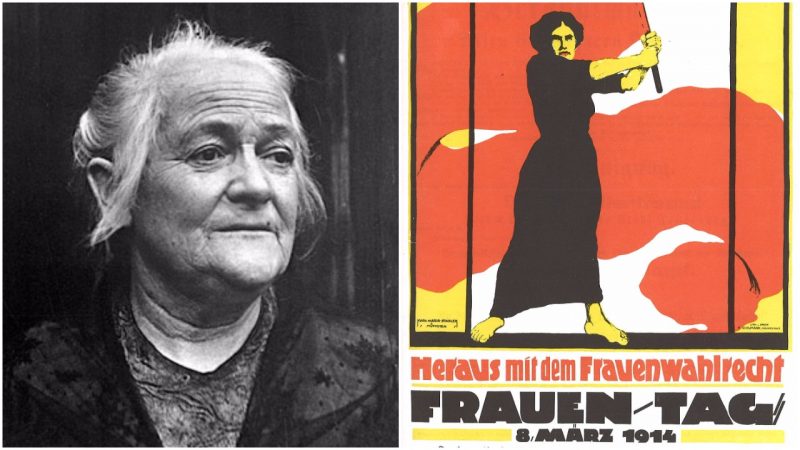Born as Clara Josephine Eissner, in the rural regions of Germany, Zetkin was the first child of Gottfried Eissner and Josephine Vitale. She studied to become a teacher but became more than that. The world will remember her as Clara Zetkin, one of the first prominent women in politics, a socialist, and a life-long activist for women rights and equality.
Clara established first contacts with the women’s movement and the labor movement in Germany as early as 1874, aged only 17. A couple of years later, she also joined the Socialist Workers’ Party, later known as the Social Democratic Party of Germany. She exiled to Zurich and then to Paris, following the ban on any socialist activity in Germany from the side of the conservative Prussian statesman who dominated domestic and Europan affairs at that period, Otto von Bismarck.
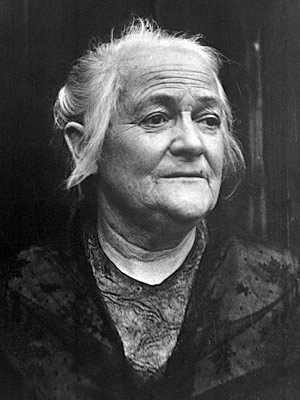
In Paris, Clara took the name of her Russian-Jewish lover, Ossip Zetkin, with whom she had two sons. Her partner, unfortunately, died in 1889, and later Zetkin married the artist Georg Friedrich Zundel who was eighteen years younger than her. Clara played an instrumental role in the foundation of the Socialist International group in Paris.
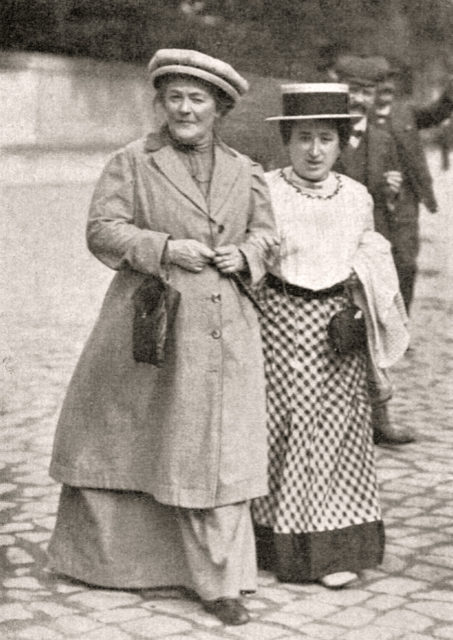
Zetkin really had an avid interest in women’s politics. Her personal efforts over the rights of women heated in Germany, where she developed and strengthened the social-democratic women’s movement, and for many years edited the women’s newspaper Die Gleichheit, or in English, Equality. In 1907, she started to chair the newly founded “Women’s Office” at the SDP.
In August 1910, an International Women’s Conference was organized, just before a general meeting of the Socialist Second International in Copenhagen. During this conference, partially inspired by the first National Woman’s Day that was observed in the United States in 1909, the German socialist and feminist Luise Zeitz had proposed the establishment of an annual International Women’s Day. Zetkin seconded the proposal. At this point, no date was specified, but the idea was welcome by the hundred women attending the conference. Everybody considered that launching such day will fuel the battle for equal rights including suffrage. The following year, on March 19th, 1911, the International Women’s Day was indeed marked for the very first time. Over one million women and men joined the celebrations in four countries: Austria, Germany, Denmark, and Switzerland. In addition to the right to vote and to hold public office, women’s right to work was also demanded along with vocational training, and finally, end of the discrimination at work.
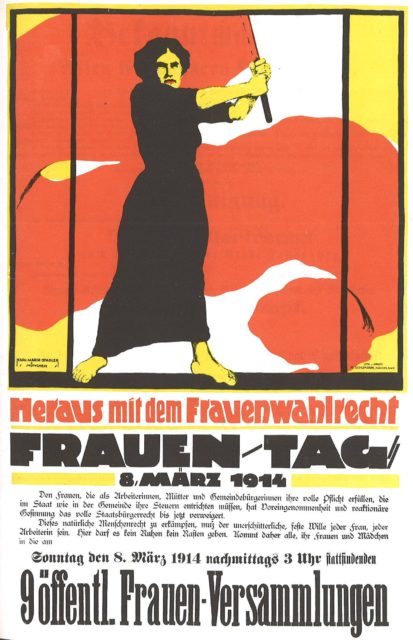
All along, Zetkin remained deeply opposed to the concept of “bourgeois feminism” as she considered that such discourse and attitude would only serve as a tool to divide the unity of the working classes.
In the forthcoming years, the first great war of the century took place, and Zetkin was notable for her anti-war opinions. During WWI she was even arrested for several times.
In 1919, Germany also saw the formation of the KDP, the Communist Party of Germany and Zetkin took the lead to represent this party also. She did so in the Reichstag from 1920 to 1933. Until 1924, she acted as a member of the KDP’s central office, and from 1927 to 1929 she was also a member of the party’s central committee. In 1925, she was elected president of the German left-wing solidarity organization, known as Rote Hilfe.
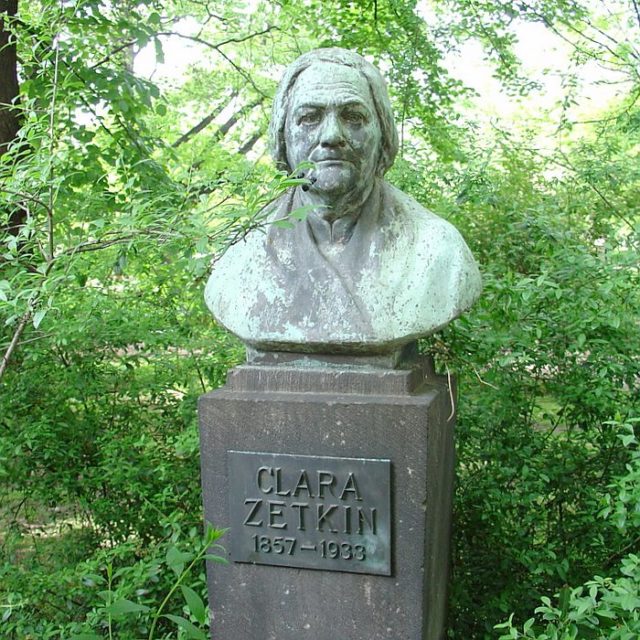
Just before the Nazi took over the lead in German politics, in August 1932, Zetkin became the chairwoman of the Reichstag by seniority. She was entitled to give an opening address, and used the opportunity to discuss a key-note which sent a message for unity among workers in the struggle against the rising fascism in Germany by that time.
When Adolf Hitler and the Nazis took over power, the Communist Party of Germany was, naturally, banned. Subsequently, Zetkin went into an exile for one last time, and this time to the Soviet Union where she had passed away that same year, in 1933, aged nearly 76. Her figure will always be remembered and honored for her historic efforts in the fight for women’s right and equality.
